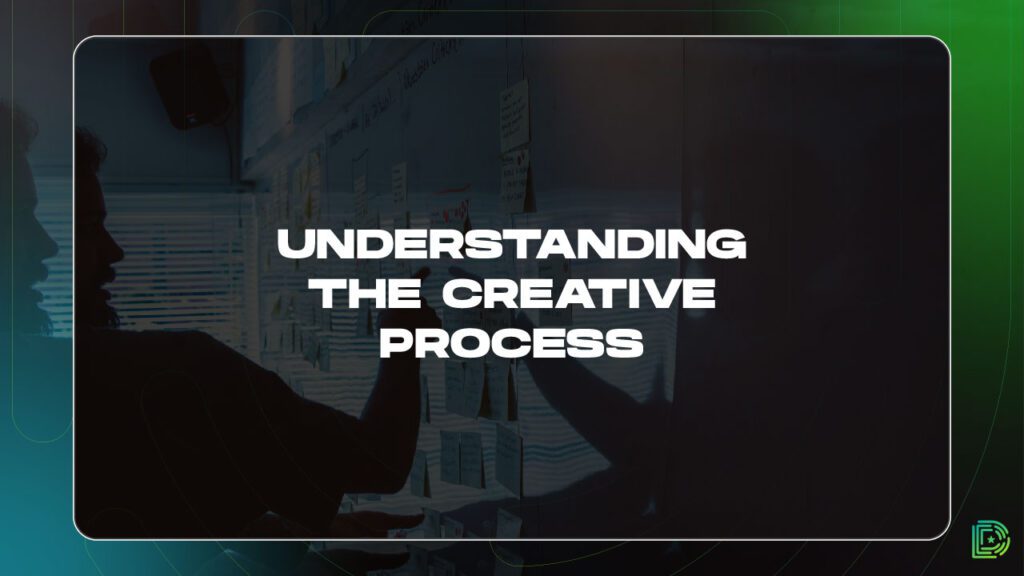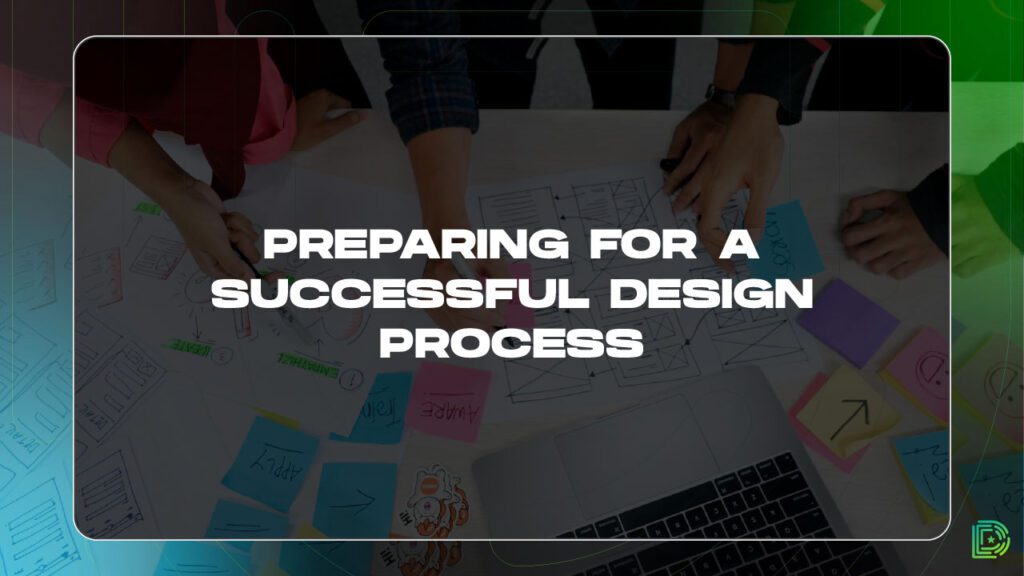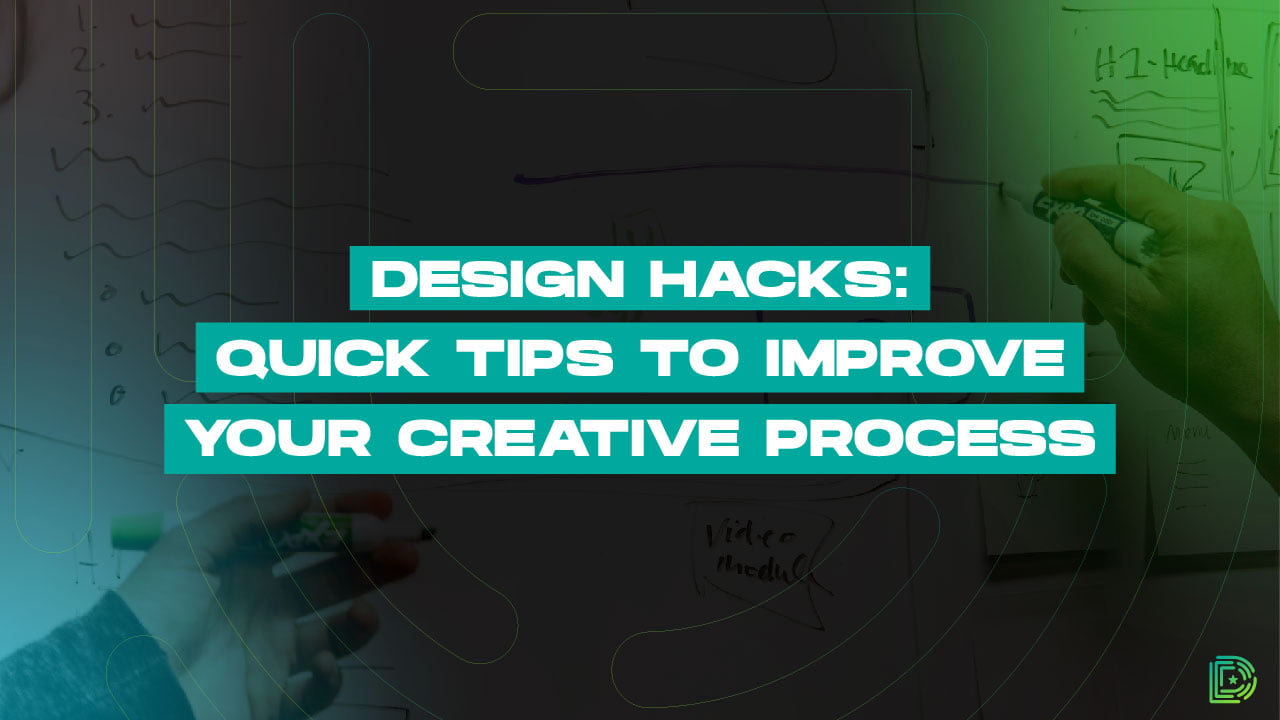Introduction
In a world where innovation and creativity drive success, having a well-defined creative process is crucial for designers and creatives. The ability to consistently deliver outstanding results hinges on understanding how to optimize your creative process. In this article, we will explore the concept of design hacks and their significance in transforming your creative process.
1. Understanding the Creative Process


What is the creative process?
A creative process is a structured approach that designers and creatives follow to generate, develop, and refine ideas. It consists of several key components, including inspiration, ideation, conceptualization, and execution. By understanding these components, designers can effectively navigate the creative journey from inception to the final product.
Common pitfalls and challenges in the creative process
The creative process often presents roadblocks that hinder creativity. Identifying these pitfalls, such as self-doubt, perfectionism, or lack of inspiration, is crucial for overcoming them. By recognizing these challenges, designers can employ strategies to overcome them and unlock their true creative potential.
The role of design thinking in enhancing the creative process
Design thinking, a problem-solving approach that centers around empathy and understanding user needs, plays a significant role in enhancing the creative process. By embracing design thinking principles, such as empathy, ideation, prototyping, and testing, designers can foster innovation and develop solutions that truly resonate with their target audience.
2. Preparing for a Successful Design Process


Setting clear goals and objectives
Before embarking on the creative journey, it is essential to set clear goals and objectives. By defining the purpose of the design project and identifying the target audience, designers can align their creative efforts with the desired outcomes. Establishing measurable objectives and key results (OKRs) ensures that progress can be tracked effectively throughout the design process.
Conducting thorough research and gathering inspiration
Thorough research and seeking inspiration from diverse sources are vital steps in the creative process. By identifying reliable research sources and employing various methods, designers can gather the necessary information to inform and inspire their designs. Exploring different sources of inspiration, such as nature, art, or industry trends, can ignite fresh ideas and fuel creativity.
Creating an efficient work environment
The physical and digital work environment greatly influences creativity. Designers should create a conducive workspace that inspires and promotes productivity. By organizing tools, resources, and materials, designers can minimize distractions and maximize efficiency, allowing them to fully immerse themselves in the creative process.
3. Enhancing the Creative Process Through Design Techniques


Sketching and wireframing for ideation
Sketching serves as a powerful ideation tool, enabling designers to explore ideas quickly and freely. By putting pen to paper, designers can visualize concepts and iterate rapidly. Additionally, creating effective wireframes allows designers to translate their ideas into tangible representations, helping them analyze and refine their design concepts.
The power of color psychology in design
Understanding the psychological impact of color is crucial in creating impactful designs. Different colors evoke specific emotions and perceptions, and designers can harness this power to influence user experiences. By applying color effectively, designers can create a visually cohesive design that resonates with their target audience on a deeper level.
Typography tricks for impactful designs
Typography plays a significant role in design, affecting readability, aesthetics, and overall message delivery. Choosing appropriate fonts and typefaces enhances the visual appeal and readability of designs. Understanding typography hierarchy and readability factors ensures that the design effectively communicates the intended message while maintaining a visually pleasing balance.
Incorporating visual storytelling into design
Visual storytelling is a compelling technique that engages audiences on an emotional level. By incorporating narrative-driven visuals, designers can create a meaningful connection with their target audience. Balancing aesthetics and storytelling allows designers to convey messages effectively while captivating viewers with a visually captivating narrative.
Leveraging the principles of visual hierarchy
Establishing an effective visual hierarchy is key to guiding users’ attention and creating an intuitive user experience. By strategically designing focal points and utilizing visual cues, designers can prioritize information and guide users seamlessly through the design. Creating a visually harmonious hierarchy ensures that users can navigate the design effortlessly and absorb information effectively.
Related Article:
4. Streamlining the Design Process


Utilizing collaborative tools and platforms
Enhancing team collaboration and communication is crucial for streamlining the design process. By leveraging collaborative tools and platforms, designers can seamlessly exchange ideas, provide feedback, and iterate on designs. Recommended tools, such as Slack, Trello, or Figma, optimize the design process by fostering effective collaboration and improving productivity.
Iterative design: Testing, feedback, and iteration
Iterative design is an iterative process that involves continuous testing, feedback loops, and refinement. By conducting user testing, designers gain valuable insights that allow them to refine and improve their designs iteratively. Integrating feedback and making iterative adjustments throughout the design process ensures that the final product meets user expectations and requirements.
Efficiency in asset and file management
Organizing and managing design files effectively are key considerations for optimizing the design process. By implementing efficient asset and file management practices, designers can save time, improve productivity, and minimize errors. Automation tools and techniques, such as version control systems or cloud storage platforms, streamline file management and enhance overall efficiency.
5. Overcoming Creative Process Blocks and Boosting Productivity


Techniques for overcoming creative blocks
Creative blocks can be frustrating obstacles in the creative process. To break through these creative ruts, designers can employ various strategies. These strategies may include taking breaks, seeking inspiration from other creative disciplines, practicing mindfulness, or exploring different creative outlets. Each individual may find different techniques more effective, so it is essential to experiment and find what works best for you.
Balancing creativity and Productivity
Managing time effectively during the creative process is crucial for maintaining a sustainable workflow. Tips such as prioritizing tasks, setting realistic deadlines, and avoiding multitasking can help designers strike a balance between creativity and productivity. Establishing a sustainable workflow ensures that designers can consistently deliver high-quality work while avoiding burnout.
Summary: Mastering Your Creative Process with Design Hacks
In this article, we explored various design hacks and techniques to improve your creative process. By understanding the components of the creative process, setting clear goals, employing design techniques, streamlining the process, and overcoming creative blocks, designers can optimize their creative potential and consistently deliver outstanding results. Implementing these design hacks is the key to unlocking your true creative potential.
FAQs
Q: How can I overcome a lack of inspiration during the creative process?
A: Overcoming a lack of inspiration can be challenging. Try diversifying your sources of inspiration, seeking feedback from others, experimenting with new techniques or mediums, or taking a break to recharge your creative energy.
Q: What tools can help me collaborate with my team during the design process?
A: There are several excellent collaborative tools available, such as Slack, Trello, Figma, or Google Drive. These tools facilitate effective communication, idea exchange, and real-time collaboration, enhancing team productivity and efficiency.
Q: How can I manage my design files efficiently?
A: To manage design files effectively, consider implementing version control systems, cloud storage platforms, or organizing files in a logical folder structure. Automation tools can also help streamline repetitive tasks, enabling designers to focus more on the creative aspects of their work.


